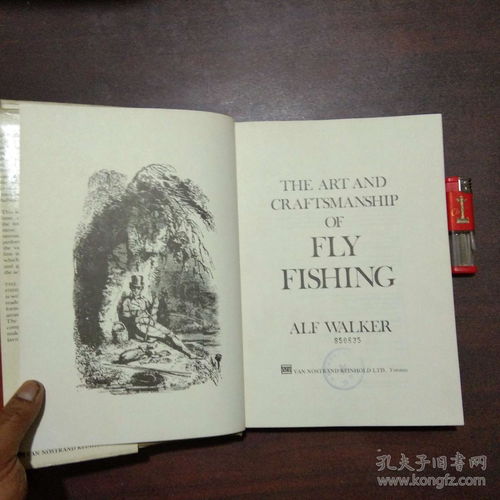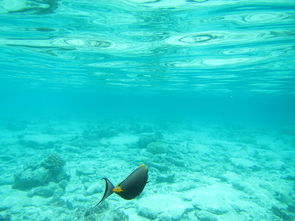Content:
Introduction: Fishing, an ancient pastime, has evolved over the centuries, with anglers employing a wide array of techniques and tools to catch their prey. However, there is a growing trend among anglers to return to the basics, embracing the simplicity of no-tech fishing. This article delves into the world of no-tech fishing tools, providing a comprehensive guide on how to use them effectively.
Understanding No-Tech Fishing: No-tech fishing, as the name suggests, involves the use of minimal equipment and techniques. It emphasizes the connection between the angler and the environment, focusing on patience, observation, and understanding the habits of fish. By using no-tech tools, anglers can experience a more serene and rewarding fishing experience.
Essential No-Tech Fishing Tools: a. Rod and Reel: The foundation of any fishing setup, a simple rod and reel combination is all you need to get started. Choose a rod that suits the type of fish you're targeting and a reel that matches the line strength and type.
b. Line: Use monofilament or fluorocarbon line, depending on the water clarity and fish species. Monofilament is more visible in clear water, while fluorocarbon is nearly invisible, making it ideal for stealthy presentations.
c. Hooks: Select the appropriate hook size and style based on the fish you're targeting. For example, smaller hooks are better for delicate fish like trout, while larger hooks are suitable for bigger species like bass or catfish.

d. Bait: No-tech fishing often involves using natural bait, such as worms, insects, or small fish. It's essential to match the bait to the forage available in the water.
Choosing the Right Location: The success of no-tech fishing largely depends on selecting the right location. Research the habits of the fish you're targeting and look for areas where they are likely to be found. This could include river banks, lake edges, or coastal areas.
Casting Techniques: a. Hold the Rod: Grip the rod with a comfortable, relaxed grip, allowing the rod to bend naturally when casting.
b. Load the Rod: Before casting, load the rod by lifting it slightly and then lowering it back down, allowing the line to straighten out.
c. Cast: Begin with a smooth, controlled motion, and let the rod do the work. Avoid overcomplicating the cast, as a simple, natural motion is often more effective.
Presenting the Bait: a. Dead Bait: Let the bait drift naturally in the current, mimicking the movement of real prey. This technique is effective for fish that feed on the bottom or near the surface.
b. Live Bait: If using live bait, present it in a way that mimics its natural behavior. For example, a wriggling worm can be dropped onto the bottom or allowed to swim in the water column.
c. Artificial Lures: While no-tech fishing emphasizes natural bait, you can also use artificial lures if you prefer. Keep the presentation simple and natural, avoiding excessive movements.
Patience and Observation: One of the key aspects of no-tech fishing is patience. Fish may not bite immediately, so it's crucial to be patient and observe the water. Look for signs of fish activity, such as rises, splashes, or movement, and adjust your technique accordingly.
Catch and Release: When using no-tech fishing tools, it's important to practice catch and release whenever possible. This ensures the conservation of fish populations and maintains the integrity of the fishing experience.
Conclusion: No-tech fishing offers a unique and rewarding way to connect with nature and the sport of fishing. By using minimal equipment and focusing on the basics, anglers can develop a deeper understanding of fish behavior and the environment. With the right tools, techniques, and mindset, anyone can master the art of no-tech fishing and enjoy the serene beauty of this timeless pastime.












